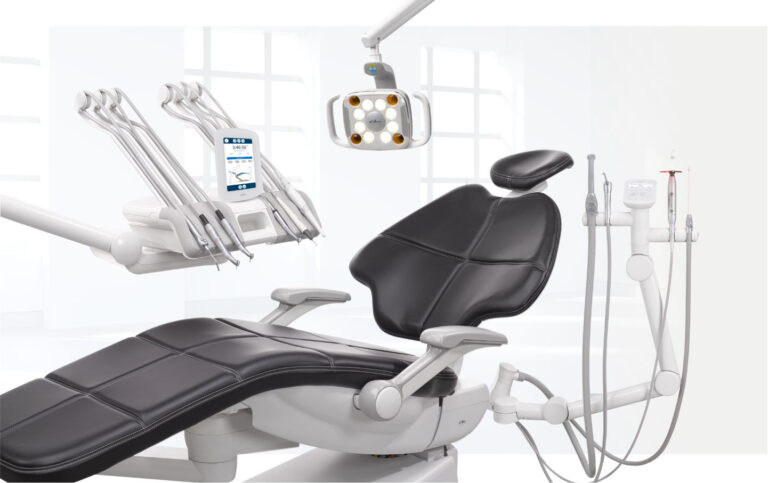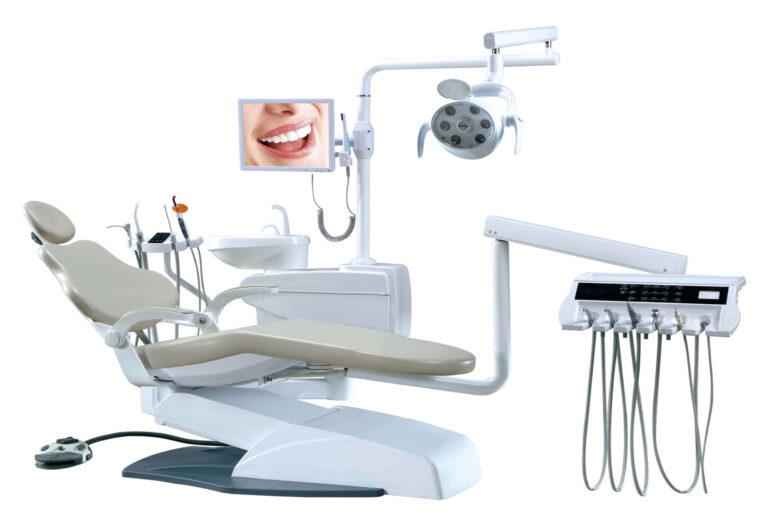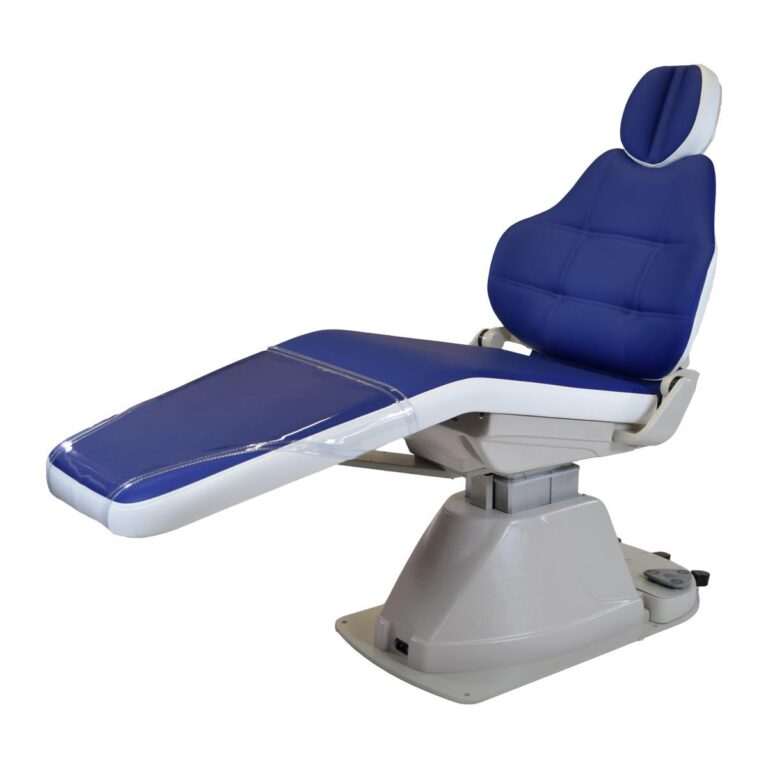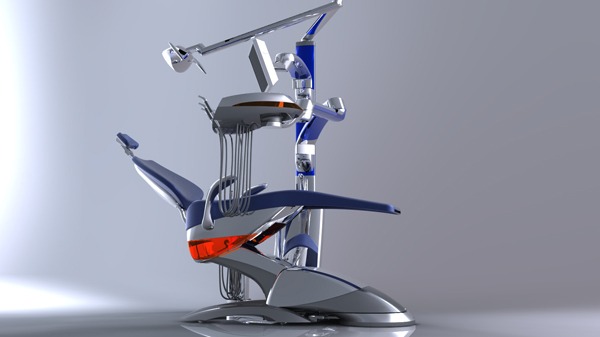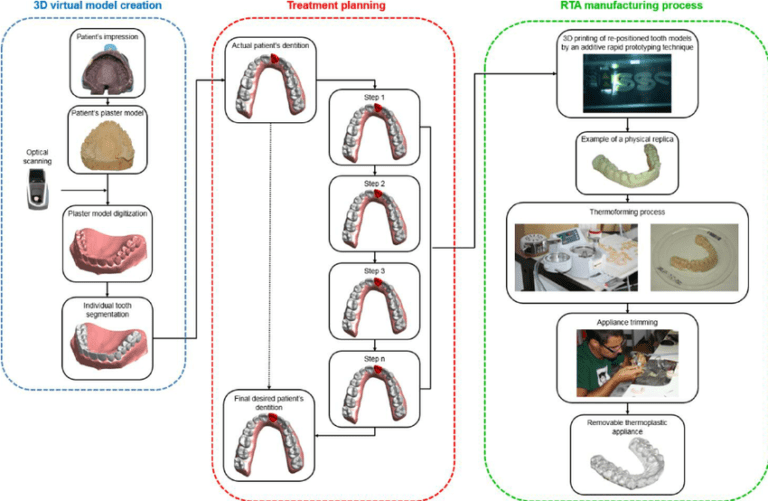For many, a visit to the dentist can trigger feelings of anxiety and unease. However, with advancements in modern dentistry and a focus on patient comfort, the dental experience is being transformed. In this comprehensive guide, we’ll explore how innovative dental chair designs, relaxation strategies, and a soothing clinic environment are revolutionizing the way patients approach dental appointments. By the end of this article, you’ll be equipped with practical tips and insights to help you relax and enjoy a more comfortable dental experience.
The Evolution of Dental Chair Design
Gone are the days of rigid, uninviting dental chairs. Today’s designs prioritize patient comfort and relaxation. Ergonomic features, such as adjustable headrests, lumbar support, and customizable positioning, ensure a tailored fit for each individual. Many modern dental chairs also incorporate built-in massage functions, helping to alleviate tension and promote a sense of calm during treatments.
Moreover, some state-of-the-art dental chairs now feature integrated multimedia systems, allowing patients to enjoy their favorite music, podcasts, or even movies during procedures. This immersive experience can serve as a welcome distraction, helping to minimize anxiety and create a more positive association with dental visits.
Strategies for Relaxation in the Dental Chair
While advanced dental chair technology plays a significant role in patient comfort, there are also several proven strategies you can employ to ease anxiety and promote relaxation during your appointment.
- Harness the Power of Music
Studies have shown that listening to soft, soothing music can have a profound impact on reducing stress levels. Many dental practices now offer patients the option to listen to calming music through headphones during treatments. By focusing on the melodies and rhythms, you can distract your mind from any anxiety-inducing thoughts and create a more peaceful state.
- Practice Deep Breathing Exercises
Deep, controlled breathing is a simple yet highly effective technique for managing anxiety. When you’re seated in the dental chair, take a moment to close your eyes and focus on your breath. Inhale slowly through your nose, allowing your lungs to fill with air, and then exhale gently through your mouth. Repeat this process several times, concentrating on the sensation of the air moving in and out of your body. This practice can help release muscle tension, slow your heart rate, and promote a sense of calm.
- Communicate Openly with Your Dentist
One of the most powerful tools for alleviating dental anxiety is open, honest communication with your dentist. Prior to beginning any treatment, express your concerns and fears openly. A skilled and empathetic dentist will take the time to listen, acknowledge your feelings, and work with you to develop a personalized comfort plan. This may involve discussing relaxation techniques, agreeing on a signal to use if you need a break, or exploring sedation options for more complex procedures.
- Explore Sedation Dentistry Options
For individuals with severe dental anxiety or phobia, sedation dentistry can provide a welcome solution. There are various levels of sedation available, ranging from mild relaxation with nitrous oxide (laughing gas) to deeper sedation through oral or intravenous medications. Your dentist will work with you to determine the most appropriate option based on your specific needs and medical history. Sedation dentistry allows patients to undergo necessary treatments while feeling calm, relaxed, and often with little to no memory of the procedure.
Creating a Soothing Dental Clinic Environment
In addition to advanced dental chair technology and personalized relaxation strategies, the overall ambiance of the dental clinic plays a crucial role in promoting patient comfort. Forward-thinking practices are now designing their spaces with a focus on creating a calming, spa-like atmosphere.
Soothing color palettes, featuring soft blues, greens, and earth tones, are being incorporated to evoke a sense of tranquility. Lighting is carefully considered, with many clinics opting for adjustable, dimmer switches to create a more relaxing environment. The use of natural elements, such as plants, water features, and wood accents, can also contribute to a more organic, calming space.
Comfort extends beyond the treatment room, with waiting areas designed to feel more like a cozy living room than a clinical setting. Plush, comfortable seating, soft lighting, and a selection of engaging reading materials or calming music can help patients feel at ease from the moment they enter the clinic.
The Role of Technology in Enhancing Comfort
Advancements in dental technology are not only improving the precision and efficiency of treatments but also contributing to a more comfortable patient experience. Digital imaging technologies, such as intraoral cameras and 3D scanners, allow for less invasive, more accurate diagnostics. This means shorter appointment times and fewer disruptive procedures, reducing overall anxiety.
Laser dentistry is another game-changer in terms of patient comfort. By using targeted laser energy, dentists can perform a variety of treatments, from cavity removal to gum contouring, with minimal discomfort and often without the need for anesthesia. The precision of laser technology also leads to faster healing times and less post-operative sensitivity.
Patient Education and Empowerment
A significant component of reducing dental anxiety lies in patient education and empowerment. Many individuals experience fear of the unknown when it comes to dental treatments, which can exacerbate anxiety. By providing comprehensive resources, such as informative videos, detailed procedure descriptions, and interactive models, dental practices can help demystify treatments and alleviate concerns.
Encouraging patients to ask questions and voice their apprehensions is also crucial. Dentists and their teams should foster an environment where open dialogue is welcomed and valued. By taking the time to thoroughly explain procedures, discuss expected outcomes, and address any concerns, dental professionals can help patients feel more in control and confident in their care.
Personalized Care and Continuous Improvement
Ultimately, creating a comfortable dental experience requires a commitment to personalized care and continuous improvement. Each patient’s needs, preferences, and anxieties are unique, and dental practices must be adaptable and responsive to these individual factors.
Regularly seeking patient feedback, through surveys or post-treatment discussions, can provide valuable insights into areas for improvement. This feedback loop allows practices to refine their approach, implement new comfort measures, and tailor their care to better serve their patients.
Additionally, investing in ongoing training and education for dental team members is essential. By staying up-to-date with the latest techniques, technologies, and patient comfort strategies, practices can ensure they are consistently delivering the highest level of care and comfort.
Conclusion
The landscape of dentistry is evolving, with a growing emphasis on patient comfort and relaxation. By combining innovative dental chair designs, proven relaxation strategies, soothing clinic environments, and advanced technologies, modern dental practices are transforming the patient experience.
As a patient, understanding these advancements and taking an active role in your comfort can make a significant difference in your dental journey. By communicating openly with your dentist, exploring available comfort options, and embracing relaxation techniques, you can ease anxiety and enjoy a more positive, comfortable dental experience.
Remember, your oral health is a vital component of your overall well-being, and feeling relaxed and at ease during dental visits can help you maintain a consistent care routine. With the right strategies and a supportive dental team, you can conquer dental anxiety and prioritize your oral health with confidence.
For more information on how our state-of-the-art dental chairs and comfort-focused approach can help you relax and enjoy a more pleasant dental experience, visit nffedental.com. At NFFE Dental, we are committed to providing personalized, gentle care in a soothing environment, empowering you to achieve optimal oral health with peace of mind.
FAQs
How does dental anxiety impact oral health?
Dental anxiety can lead to avoidance behaviors, such as delaying or avoiding dental visits. This can result in poor oral hygiene and the progression of dental diseases, leading to more complex and invasive treatments. Regular dental check-ups can prevent dental disease and help the dentist find any problems so that simpler and less invasive treatments are needed.
What are some strategies to manage dental anxiety?
Effective strategies to manage dental anxiety include focused breathing and meditation, effective communication with the dentist, and in some cases, sedation options. It’s important to communicate your fears and concerns with your dentist so they can provide tailored treatment and anxiety-management techniques.
How prevalent is dental anxiety?
Dental anxiety is a common issue, affecting a significant portion of the population. It’s estimated to affect approximately 36% of the population, with a further 12% suffering from extreme dental fear. This anxiety can have serious repercussions in terms of an individual’s oral health, and it is considered to be a significant barrier to dental attendance resulting in poor oral health.

